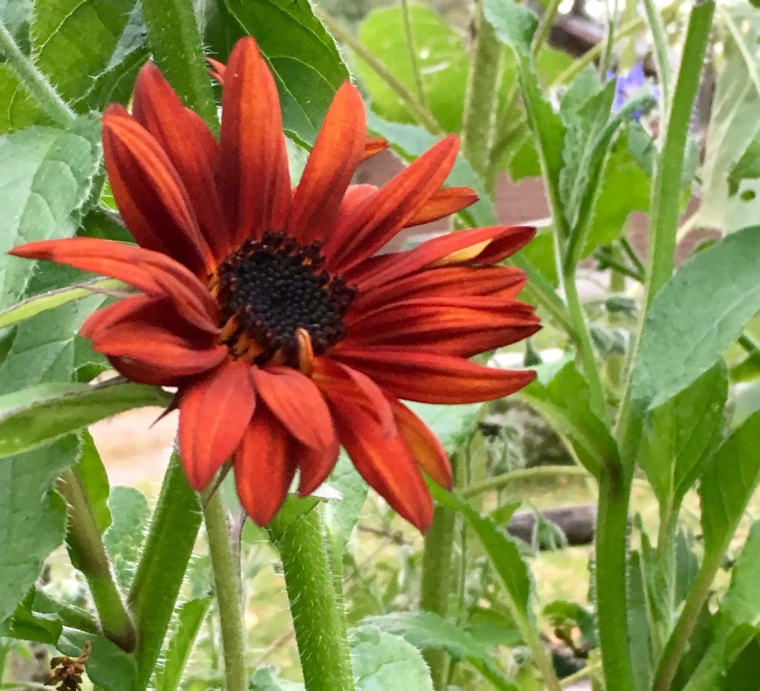
Welcome to Meditation Monday — a new addition to my blog. Each Monday (as much as possible, anyway) I will post a recorded meditation for you. Below is the link to the meditation. I hope you will enjoy it!
Meditation has been my daily practice for most of my life. The benefits of meditation on health and happiness are growing as more research exists (especially on the benefits of Loving Kindness Meditation). Of course, the recent research simply reflects and affirms what I and many have experienced through regular practice.
What is meditation? Meditation is practice of contemplation that can be practiced in many ways — following the breath, focusing on loving kindness, eye gazing on a candle or photo, prayer, or using a mantra or affirmation to focus your mind on peaceful quiet. Meditation is integral within every religious and spiritual approach. Contemplation is an important practice for experiencing inner peace and devotional prayer. Quietly sitting for several minutes or more a day is how to begin meditation.
In my work, I recommend meditation to many of my clients. What I often hear in response to my suggestion is, “I’ve tried and can’t”, “I can’t meditate. I can’t empty my mind.” After several unsuccessful attempts to experience a silent mind, they stop trying. However, the myth of meditation is that we can empty our mind of thoughts.
Consider this. Our mind’s job is to think. Instead of trying to empty your mind from thought, acknowledge the thoughts that continue while sitting. Practicing meditation is learned by sitting in quiet, gently breathing in and out, noticing thoughts that drift by, letting them go, and refocusing on the breath (or whatever you choose to focus on). A quiet mind? That comes with years of dedicated practice and, even then, the mind continues to think, only slower. A mind without thought is momentary.
The benefits of meditation keep me taking the time to meditate daily. Meditation cultivates more happiness and peace in life; increases focus, creativity, memory, and compassion; decreases the experience of stress and anxiety overall; builds self-esteem and intuition; offsets the aging process of the brain; lowers blood pressure; and improves our health.
How to Meditate? Schedule the time to sit, stand, or even walk in order to calm your nervous system, quiet your mind, and experience focused awareness. Use this dedicated time to turn off the tv, radio, or even music so that you can experience a settling of your nervous system even if thoughts continue. I encourage the same time of day so that it becomes a consistent practice.
Initially, it is helpful to listen to a guided meditation. A favorite for many is the app, Headspace. There is a convenience to Headspace because you can listen from your phone anywhere. Search Google for ‘guided meditations’ and you will find many teachers who offer free guided experiences. I suggest listening to several of them to see who’s voice you resonate with most.
I will be posting a weekly meditation here. My intention is “Meditation Monday’s” so that you might use my guided meditations throughout the week. Let me know what you think. Enjoy!
















